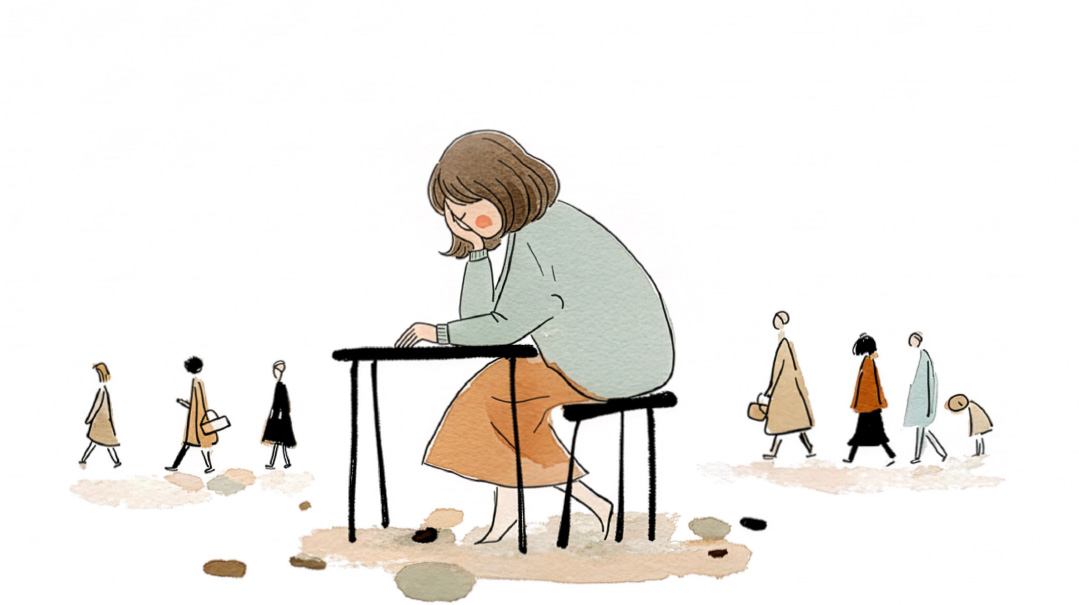Few Good Feelings
| April 29, 2025Our daughter behaves one way at home, one way at school

Q:
Our ten-year-old daughter is bright, sweet, and respectful — in school. She’s adored by teachers and peers alike. When she gets home, it’s an entirely different story. She becomes self-centered and (I hate to say this, but I just need to paint the picture accurately) obnoxious. She whines and pouts in a way that is totally not age-appropriate. She becomes very possessive, and she fights over space, food, and toys with her siblings (even with the little ones). When small things don’t go her way she flies off the handle and talks back to us with chutzpah. We have read your advice that the majority of our interactions with our children should be what you call “good-feeling” communications, but with this daughter we find this exceedingly difficult to deliver. She’s generally unpleasant and difficult to get along with, and she provokes many more opportunities for negative interactions than positive ones. We’re completely at a loss as to what to do about it.
A:
The fact that your daughter behaves so nicely at school is encouraging. It may mean that whatever her issue is, it’s not purely genetic. Kids who behave badly no matter what environment they’re in are more likely to be dealing with inborn issues that may require intensive intervention. When a child behaves poorly in only one environment, it’s often the case that the environment simply needs to be adjusted.
As you correctly mentioned, I advise parents to aim for 80 percent good-feeling communication, because this ratio tends to (among other things) dramatically decrease misbehavior. The remaining 20 percent consists primarily of instructions (“time to have your bath,” “time to do your homework,” etc.) and corrections.
It’s very hard to give a poorly behaved child a lot of good-feeling attention. Instead, we fall into a common problematic parenting cycle: The more a child misbehaves, the more we correct her, which causes the child to misbehave even more.
So how do you offer eight out of ten good-feeling communications to a child who does nothing but misbehave?
In the normal application of the 80-20 Rule, half of the good-feeling communication comes from positive feedback (e.g., “You did a beautiful job of clearing the table! Thank you!”). But when a child is seeking negative attention all day, it becomes very difcult to find enough actions to praise. In this case, parents can simply acknowledge ordinary (not necessarily “praiseworthy”) daily behaviors in an upbeat way. For example, to a child who is ready for carpool: “Hey, look at you, all ready to go!” Or, upon seeing the child has finished her homework or her meal: “All done? Great!”
In addition, you can temporarily increase their unconditional positive communication (good-feeling communication that has nothing to do with the child’s behavior). In other words, they can give TONS of good-feeling communication for absolutely no reason. For example, you can smile or hum pleasantly while simply in the presence of the child. You can tell the child “a great joke I just heard.” You can talk about mundane things in a very bright, happy voice — “Oh my goodness, they’re calling for rain AGAIN today!”
In this way, you connect to the child, making the child feel cherished as a result of a happy countenance and good energy. To increase unconditional positive attention, simply talk to your child about nothing important, as often as possible during the day. “Hmmm, do you think I added the salt to the soup already? I can’t remember!” “Oh do you know what I saw today when I was downtown? A giant statue of a beaver!” “I think I might plant some tomatoes this year, then our salads will be amazing!” Speaking to the child as if she were a friend makes her feel special, beloved, and important — all of which will help her behave better.
Finally, searching for all these opportunities to speak positively will help keep your attention off the negative behavior and this in itself will help reduce problematic behavior going forward.
In summary, to maintain the 80 percent with your difficult child, comment positively on her ordinary behaviors like being ready on time and increase your “positive patter” — lighthearted, friendly chatting about nothing important. After even a couple of weeks of this program, you should begin to see positive change in your daughter’s behavior.
(Originally featured in Family First, Issue 941)
Oops! We could not locate your form.







